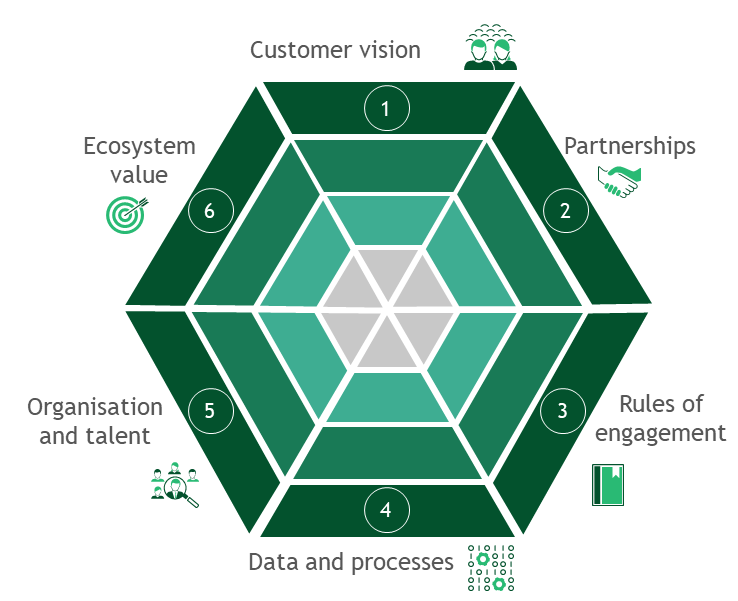
The increasingly turbulent, competitive, complex, and uncertain business environment makes collaboration with competitors an attractive, if not the only, strategy for many firms. Such collaboration results in the formation of complex business ecosystems – a network of firms where each often represents conflicting interests. Dealing with these conflicting interests in “cooperative competition” fashion presents an unprecedented challenge – no single organization can control, predict or stipulate upfront all possible scenarios that could be unravelling.
Drucker Forum 2019
“Coopetition” is the term scholars and increasingly also industry professionals use to study and describe such phenomena. While coopetition between firms may clearly combine the best of both worlds of cooperation and competition, it demonstrates an inherent paradox, given the inevitable tension between value creation and capture.
What are the key elements that impede successful coopetition? From existing research and a number of systematic reviews we derived two main types of them: Trust (e.g. around distribution of outcomes) and Tension (e.g. differences in conflict resolution and monitoring approaches).
Traditional methods of inter and intra-organizational governance offer little remedy for resolving dynamic trust and tension-related challenges of such complexity. Here, I put forward blockchain, a set of technologies that allows for reducing coopetitive tensions through the introduction of shared on-chain multi-party and real-time governance models and predefined (codified) relationships, thereby helping to eliminate inefficiencies and encourage the formation of more complex business ecosystems.
I define a blockchain-based business ecosystem as a network of firms, often with conflicting interests, collectively exploiting a common blockchain-based protocol to create positive-sum outcomes – shared value for the ecosystem participants.
A blockchain-based ecosystem can be designed and configured along these six dimensions:

-
Customer vision: do ecosystem participants share the same understanding of customers and the ultimate value proposition?
-
Partnerships: are all the right partners required to bring this ecosystem to life aboard?
-
Rules of engagement: have we codified how the ecosystem will behave when e.g. one of the participants goes out of business? Did we agree on how we will be deciding on adding new ecosystem participants, how we distribute gains and provide for necessary costs?
-
Data and processes: to what extent are our data structures and workflows aligned and compatible? Can we run our cross-organizational processes and transactions, or does more work need to be done?
-
Organisation and talent: do we have a team in place who can bring this ecosystems to life, mediating and working across all the ecosystem players?
-
Ecosystem value: what are the value drivers and will the entire blockchain roll-out in this ecosystem be net value-positive across all participants? If some of them have to go out of business (because e.g. they have been feeding on supply chain inefficiencies), who will cover for the liquidation costs?
Lastly, each party in such an ecosystem would need to consider their ecosystem entry position (orchestrator, partner or contributor), leading to a different strategic balance between risks and opportunities.
About the Author:
Igor Mikhalev is a Business Technology & Innovation Strategy leader at BCG Platinion and a researcher at the University of Amsterdam
This article is one in the Drucker Forum “shape the debate” series relating to the 11th Global Peter Drucker Forum, under the theme “The Power of Ecosystems”, taking place on November 21-22, 2019 in Vienna, Austria #GPDF19 #ecosystems

